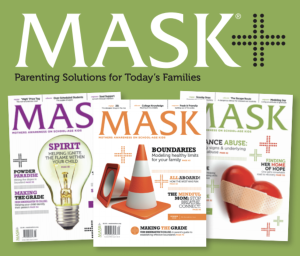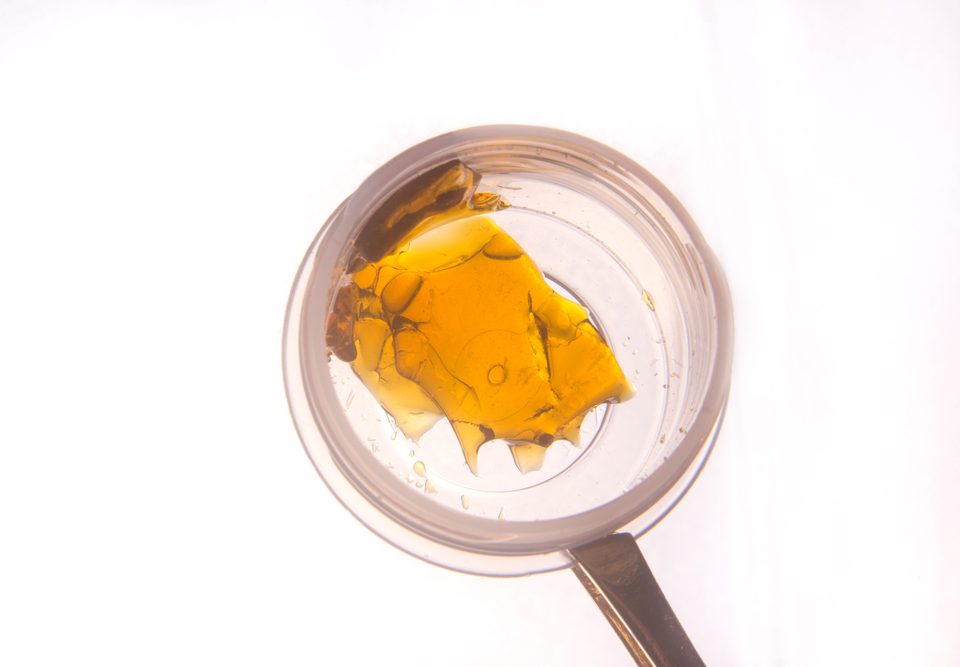
7 effective ways to combat bullying
December 26, 2020
The Anatomy of Addiction
January 1, 2021Trauma and Substance Abuse
As psychologists who work with adolescents, parents often ask us, “Why did my child get involved with drinking and/or drugs?” Teens commonly report they initiate drug use due to peer pressure and curiosity in discovering “what it’s like.”
The more critical question is, “What causes teens to continue abusing those substances on a long-term basis?” While some adolescents will ultimately discontinue using substances after an initial period of use, many others choose to continue, citing that it helps them “feel good,” “numb out,” and forget their problems. For these teens, it is not uncommon to discover they have a history of trauma.
Research studies reveal a strong correlation between trauma and substance abuse in teens. Unfortunately, traumatic experiences are not uncommon for teens—one study suggests 25 percent of youth report having experienced at least one traumatic event prior to 16 years old.
Trauma experiences may include physical, sexual and/or emotional abuse; neglect and maltreatment; witnessing domestic violence; natural disasters; exposure to community violence; terrorism; traumatic grief/loss; car accidents; and medical trauma. In response to a traumatic event, youth often experience extreme fear, a strong sense of helplessness, or horror. Left unaddressed, children may develop symptoms of post-traumatic stress disorder (PTSD) which include:
Re–experiencing the trauma through intrusive thoughts, flashbacks, or dreams, or significant distress triggered by reminders of the event;
Persistent avoidance of reminders of the event or of associations to the event;
Hypervigilance, exaggerated startle response, agitation, and sleeping problems.
Research suggest PTSD among adolescents is found in almost 4 percent of males and over 6 percent of females nationally, and is a common diagnosis among teens admitted into psychiatric inpatient units.
In addition to PTSD symptoms, exposure to trauma can lead to anxiety and depression. Attempting to avoid the overwhelming negative emotional states that often occur following a traumatic event, adolescents may “self-medicate” by turning to alcohol or drugs in order to reduce anxiety and sadness, and/or to feel numb in response to reminders of the trauma. Over time, such self-medicating creates a vicious cycle of unhealthy and even harmful behaviors.
Our experience has shown that an additional mediating factor is the level of isolation teens often feel within their own family system. In order to help protect youth exposed to trauma from turning to substances, obtaining appropriate treatment to address PTSD symptoms is critical. The following interventions are proven therapies for treating trauma in youth:
Eye movement desensitization and reprocessing (EMDR)
Cognitive behavior therapy
Dialectical behavior therapy (DBT)
We have found that integrating the above therapies, along with play therapy, art therapy and family therapy, is especially effective.
While parents cannot ultimately control the choices made by their teenage child, parents do have the power to help reduce their child’s risk factors and to bolster protective factors, such as positive self-esteem and supportive and close family relationships.
If a parent is unsure whether their child is experiencing PTSD symptoms in response to trauma, consultation with a child or adolescent mental health specialist is recommended.
By // Gloria Gilbert, Ph.D. and Marcus Earle, Ph.D.
MASK the Parenting Magazine a quarterly publication providing solutions for Today’s Families.
The parenting manual offering solutions to the modern-day challenges families face. From Pre-K
through College stay up to date on the modern day issues families face.
Are you up to date on the issues your child is facing?
MASK Mothers Awareness on School-age Kids offers parenting solutions for today’s families. MASK tackles important topics – from drugs and alcohol to bullying and Internet safety -and gives students, parents and the community the knowledge and tools to manage these potential challenges.
Subscribe today! https://www.tools4teaching.com/product/mask-the-magazine/
Download and share the MASKmatters app now! Made for children, parents, teachers and in Spanish.
Have solutions at your fingertips
Available free on apple and google play links below
Apple https://apps.apple.com/us/app/maskmatters/id1482305692
Google Play
https://play.google.com/store/apps/details?id=com.maskmatters.maskmattersapp&hl=en_US&gl=US




